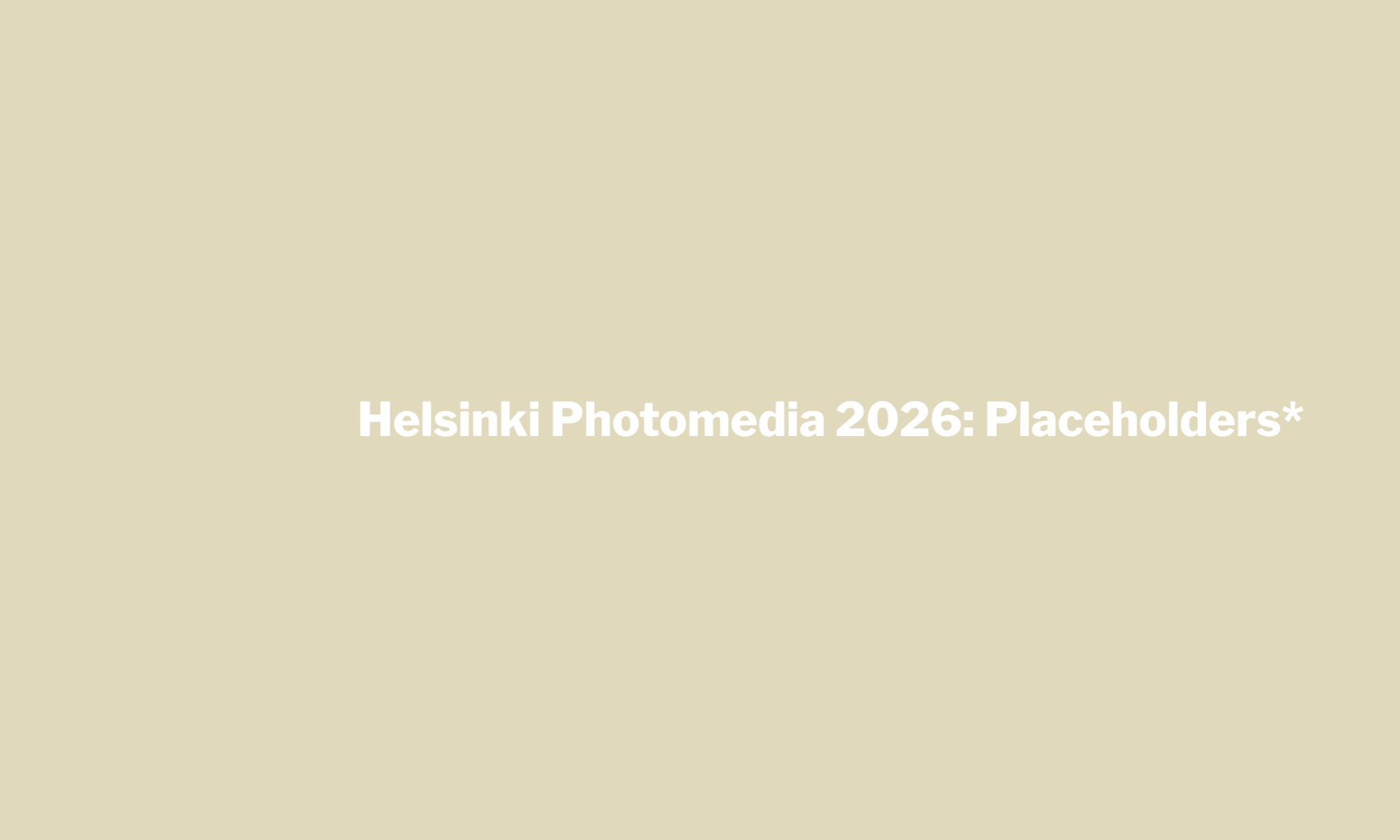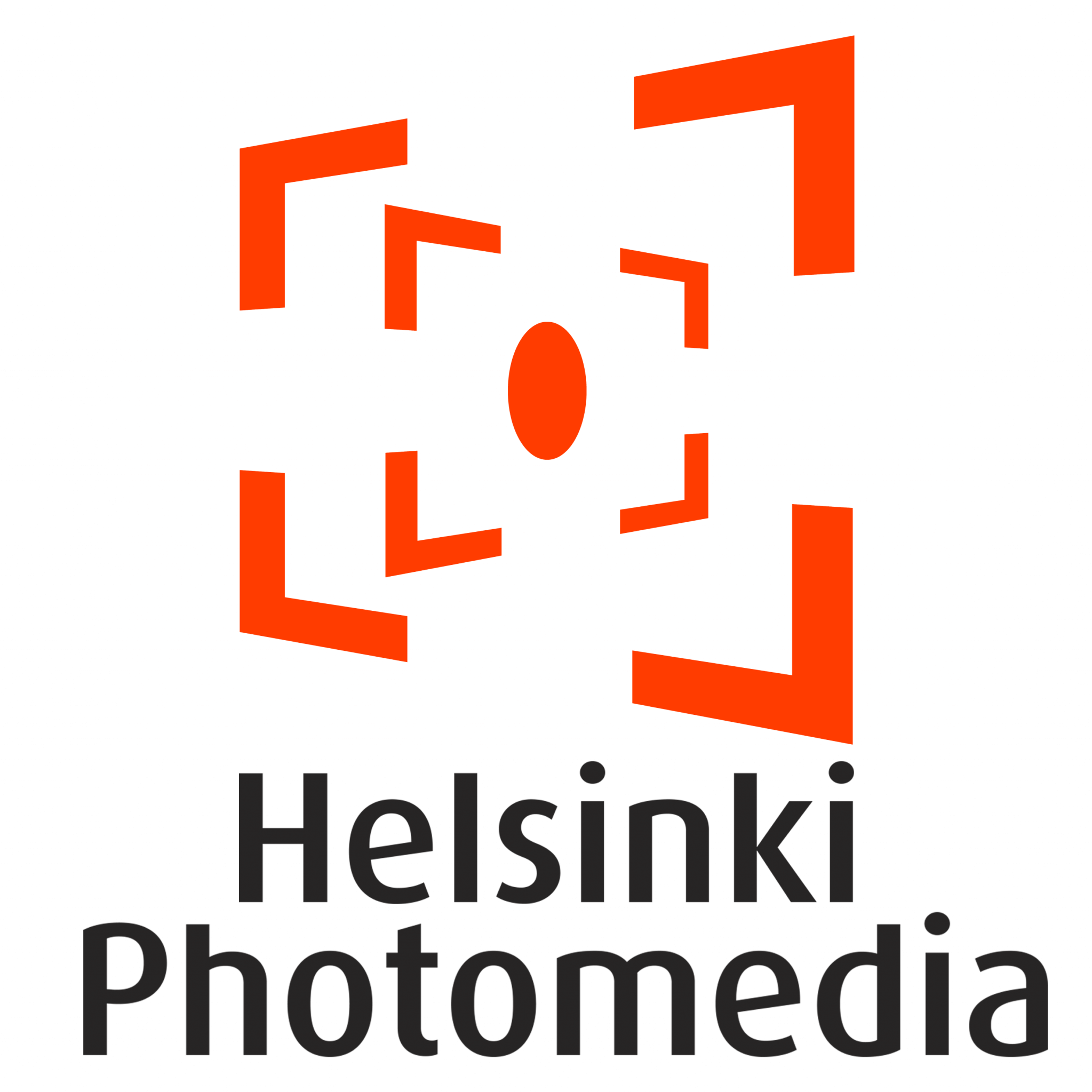Placeholders*
Technical images have decisively reshaped how space and place are conceived. They have contributed to the logic of a ‘world-picture’ by unsettling the apparatus that organises spatiality and by reconfiguring how bodies, things, and events ‘take place’. The logic of the camera obscura bound our understanding of space to vision and optics: places could be plotted on spatialised models with coordinates. Photographic technologies both materialise particular spatialisations and generate fragments that are lifted, displaced, or misplaced. Coupled with electricity and, more recently, with digital networks and generative systems, photographs participate in remote sensing and remote control, from telepresence and simulation to platform logistics and urban dashboards.
In this environment, what takes place also feels out of place: rendered ubiquitous and substitutable, ready to be replaced by an equivalent, a representation, or a proxy. Tokens, templates, and proxies circulate across screens and databases, standing in for sites and situations that remain elsewhere. The result is a tension between localisation and fungibility, between the grounded specificity of a scene and the ease with which it can be exported, recombined, or automated.
Photographs, at once grounded and aloof, are entangled with how we sense ourselves, environments, homes, landscapes, and lands. They support orientation and belonging, yet also enact dispossession, extractive seeing, and forms of infrastructural control. They are participants in social struggles over housing, migration, and refuge, and taken up in collective acts of witnessing, protest, and artistic intervention. How do photographic images and technologies produce space and make place? How do they uphold, complicate, or contest a sense of place? How do exhibited photographs forge relations to specific sites or to abstract conceptions of space? Are there places recognisable precisely because they mark the absence of images (zones of opacity, secrecy, refusal, sanctuary)? And by what criteria do we know when an image, caption, dataset field, or display is functioning as a placeholder rather than the thing itself?
The theme ‘Placeholders’ treats stand-ins as both concept and practice. In linguistics and mathematics, placeholders secure form while content is deferred; in computing and machine learning, they range from mask tokens and dummy variables to prompt slots and geofences. Such scaffolding constrains what may later appear and where it may circulate. Placeholders can enable coordination and legibility; they can also ossify categories, erase nuance, and detach images from the sites and relations that give them meaning. We invite contributions that trace these dynamics across histories of optics and imaging, the rise of platformed spatial media, and contemporary generative imaging systems.
Conference presentations might draw on diverse methods: theory and philosophy of photography; image theories; visual studies; artistic research; curatorial and site-specific experiments; practice-based projects that foreground photography as a social and public act; ethnographies of imaging workflows; infrastructural research; practice-based investigations of model-driven image synthesis; and critical accounts of vision, sensing, monitoring, governance, and (counter-)mapping. Questions that thread these inquiries: when does a placeholder remain a provisional aid to thinking and coordination, and when does it harden into an infrastructure that silently decides what counts as a place? And what roles can photographic practice play in unsettling or reimagining such infrastructures of place and displacement?
Subthemes
We invite participants to address and challenge these concerns from the perspective of their practice, guided by (but not limited to) the following subthemes:
- Latent geographies: how the thinkable shape of places are formed and emerge through capture, modelling, and search.
- Resolution regimes: thresholds, compression, quantisation, and filtering that decide what can appear and what is treated as noise.
- Image labour and proxy ecologies: The human and collective work that sustains stand-ins across systems: captions, tags, prompts, geodata, and human annotation as living labour.
- Opacity and refusal: the politics of non-image and visibility, from private sanctuaries to encrypted archives and dark data and how communities negotiate these tensions and representations.
- Care and calibration: maintenance, tuning, versioning, and community repair as ethical practice in imaging pipelines.
- Performative approaches: practices that mobilizes images to think, intervene, or co-create with communities and sites.
- Common grounds: Photographs as scaffolds for publics, solidarities, or shared imaginaries that reconfigure place beyond technical categories.

